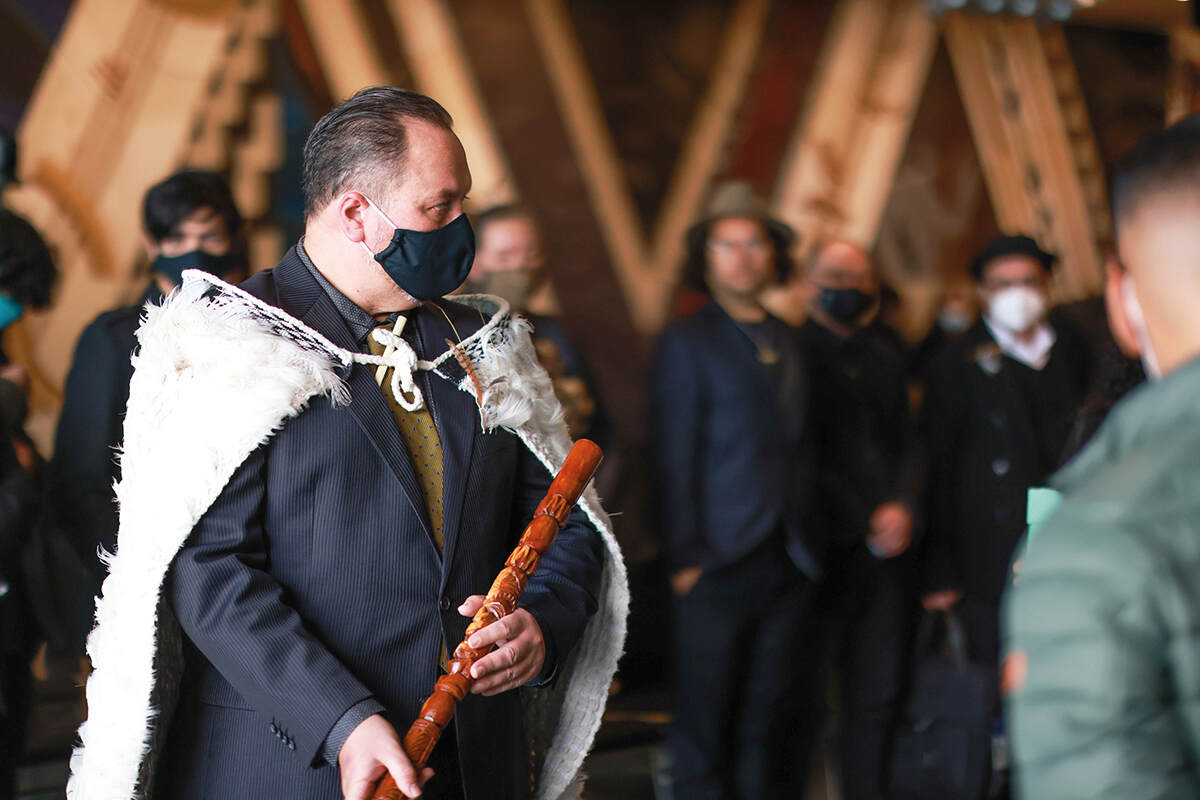
Calls are growing louder for museums to repatriate artefacts collected or looted from their former colonies
By
After nearly 100 years, the ancestral remains of 111 Moriori have finally returned to their original resting place on Rēkohu (New Zealand’s Chatham Islands). The Kōimi T’chakat Moriori (Moriori skeletal remains) – which include skulls, jaw bones and some complete skeletons – have been held in the collections of London’s Natural History Museum since they were first removed from their burial places by colonisers.
Their return this July was the result of a 20-year campaign, led by the Karanga Aotearoa Repatriation Programme at New Zealand’s national museum, Te Papa Tongarewa, which has successfully negotiated the repatriation of more than 600 Māori and Moriori ancestors from museums worldwide. According to Hokotehi Moriori Trust chair Maui Solomon, this first repatriation of human remains from the Natural History Museum is a chance to ‘right past wrongdoings’. Te Papa’s Māori co-leader, Arapata Hakiwai, says he hopes it will ‘encourage other institutions around the world to follow suit’.
Around the same time that Te Papa received the Kōimi T’chakat Moriori, London’s Horniman Museum made headlines for agreeing to return its collection of looted Nigerian artefacts, including 12 brass plaques known as Benin Bronzes, which once decorated the royal palace of the Kingdom of Benin in what is now Nigeria. The Nigerian government has been campaigning to recover them from 160 different institutions since 1963.
Western museums are under increasing pressure to repatriate their artefacts, many of which were stolen or ‘gifted’ during their colonial rule. Famous cases include the Koh-i-Noor, an unusually large cut diamond set in the crown of the Queen Mother and claimed by the governments of India, Pakistan, Iran and Afghanistan; Hoa Hakananai’a, a Moai statue from Easter Island; and the Parthenon or Elgin marbles and the Rosetta Stone, both of which are in the British Museum.
Less well-known campaigns call for the return of China’s imperial treasures, taken by British soldiers during the sacking of Beijing’s Old Summer Palace; the Gweagal Shield, a wooden Aboriginal shield thought to have been dropped by a warrior at the site of James Cook’s landing at Botany Bay; and items of clothing and jewellery taken from Lakota dead after the Wounded Knee Massacre, now in Glasgow’s Kelvingrove Art Gallery and Museum.

Increasingly, these campaigns are seeing success. The Smithsonian Institution in Washington has returned 6,000 individual remains and many thousands of cultural items. In 2021, three former colonial powers – Belgium, the Netherlands and Germany – created new legal frameworks for returning stolen artefacts. And, in 2020, after commissioning a report that suggested that as much as 90 per cent of Africa’s cultural heritage could be located in European museum collections, French President Emmanuel Macron presented the first draft of a law that would facilitate the return of some of the country’s 90,000 artefacts taken from sub-Saharan Africa (although the new law has hit several stumbling blocks since then).
The British Museum is notable in its refusal to return its artefacts to their countries of origin, citing the British Museum Act of 1963 and the Heritage Act of 1983, which forbid this. Instead, it has sought to be more open about their provenance and explain their educational importance within the museum’s collections. The Karanga Aotearoa Repatriation Programme says it was a fascination with pseudoscientific and colonialist theories such as phrenology and craniometry, however, that first led to the collection of many of the human remains found in museums. For the descendants of the Moriori, who faced genocide and the collapse of their population, the importance of these remains to communities far outweighs any educational significance.




